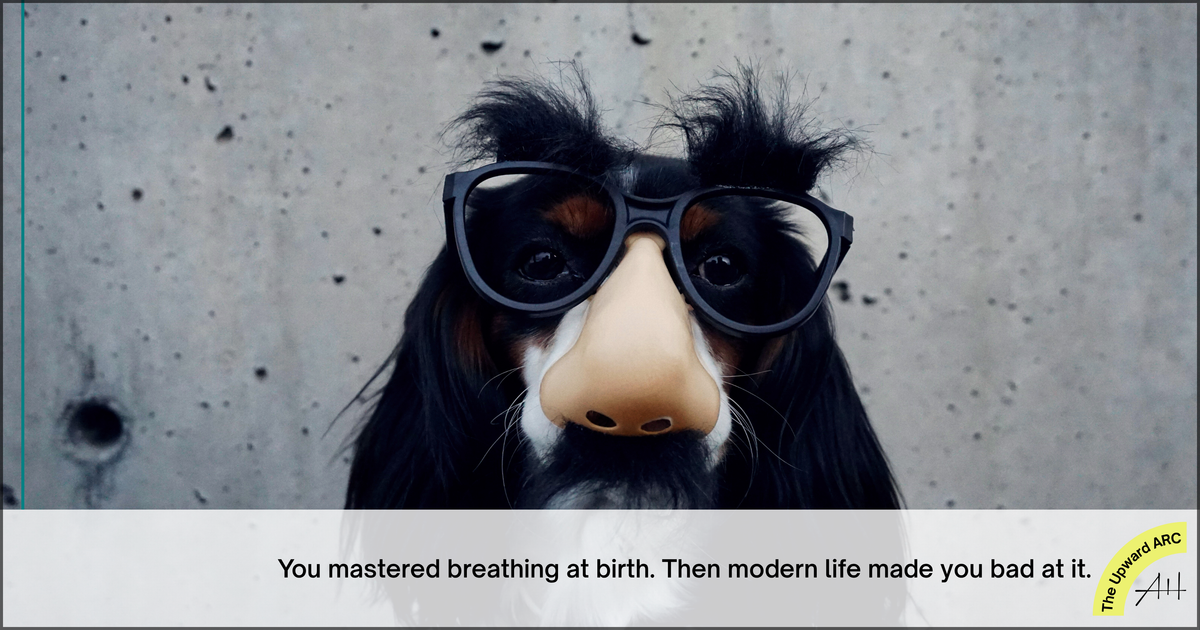Breathe Like Your Life Depends On It (Because It Does)
Breathing: overlooked, underestimated, and silently wrecking your health. Nasal is better than mouth. Slow is better than shallow. And fixing your breath might beat your supplements. I’m now training with a breath coach. 25,000 reps a day; might as well get them right.

This post is for members only
Already have an account? Sign in.
